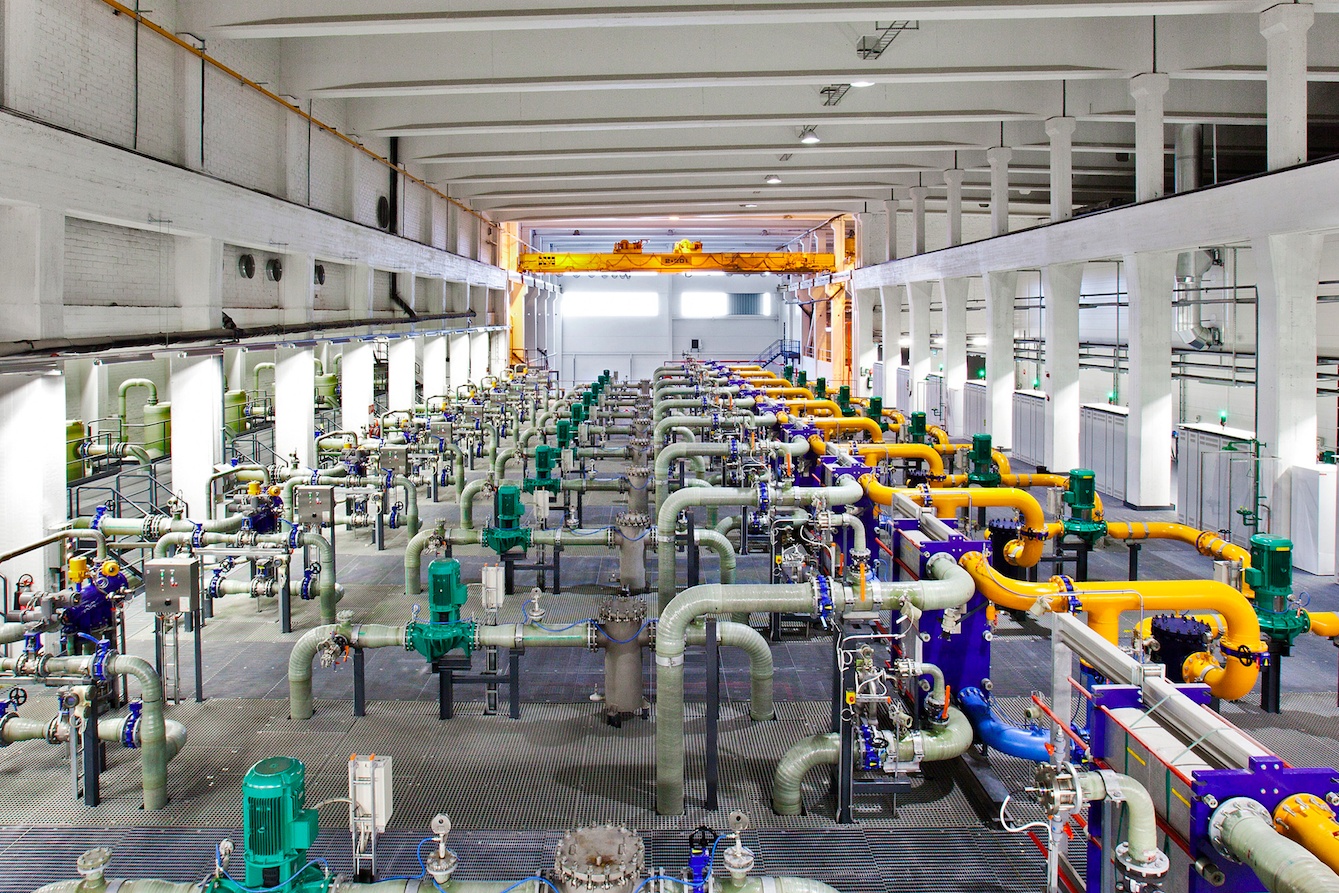With the internet and data centres being the biggest growth industry in the UK, electrical demand is continuing to drive climate change. Together, data centre specialist, Professor Ian Bitterlin, and water pump manufacturer Wilo UK, have identified how chilled water pumps could be key to improving energy and water usage.
The Covid-19 pandemic has added 20% growth to data centres in the past three months, with lockdown meaning more adults are working from home and families are streaming more content during the day.
The implementation of 5G and streaming video is rapidly driving data growth and with users unlikely to reduce their usage, actions such as reducing cooling losses at data centres are important, with better pumps and more efficient controls a key enabler in facilitating this.
There is increasing pressure from the EU for data centres to be powered by renewable energy, however the first step of this is to reduce the power consumed by the data centre infrastructure.
The Green Grid, innovator of the Power Usage Effectiveness (PUE) metric, has recently proposed the introduction of a new data-centre metric – WUF, Water Usage Factor and as PUE’s drive lower, data-centres are now being judged for water consumption as well as electrical energy use.
80% of all data centres utilise chilled-water systems for cooling, 15% use direct-expansion refrigeration systems and just 5% use air based evaporative or adiabatic cooling systems.
Professor Ian Bitterlin, a consulting engineer and visiting professor at Leeds University who carried out the research comments, “Whilst chilled-water systems (the dominant technology used to date) have continued to evolve technically with better controls, heat-exchanger technology, variable speed compressors, fans and pumps and operationally, with flow water temperatures rising from the legacy 6°C to 18°C (and higher) enabling high percentages of free-cooling in suitable climates, an older technology has recently proved more popular – that of evaporative or adiabatic cooling.
“In pursuit of achieving an ever lower PUE, the advent of fresh-air cooling solutions brought along with it adiabatic cooling solutions, where water is used to take advantage of the wet-bulb ambient temperature and crucially humidification of high volumes of fresh-air. Perhaps for the first time in Europe, water consumption in data-centres is a growing issue.”
Evaporative and adiabatic cooling technology, known before Roman times in high-status dwellings, use water to increase the humidity of warm dry air and reduce its temperature from the dry-bulb to the wet-bulb value.
For example, in the UK when the external ambient is near the record high of 35°C dry-bulb, the addition of water vapour can get the air-stream temperature down to 23°C wet-bulb and then use that to cool the data centre.
Evaporative and adiabatic cooling systems potentially save 20-30% data centre energy (compared to chilled water systems) and do not use pumps. However, they have not proven to be universally popular as they need a lot of space and use a lot of water.
Bitterlin comments, “Despite the potential energy saving of evaporative and adiabatic cooling systems, chilled-water systems are, in my opinion, the way forward as they use hardly any water compared to the ‘modern’ competition of evaporative cooling technology.
“The performance of chilled water systems is much improved by high-quality variable-speed pumps and chillers fitted with evaporative or adiabatic cooling offering total control of internal air temperature and humidity.
“The majority of enterprise and colocation data centres have partial load, typically <50% at maturity, rarely high and never 100% – this means that for energy saving reasons the chilled water pumps must be; designed for variable speed drives, optimised for operation at 40-50% – like modern power systems (UPS) .
“A pump designed for 100% flow but only having 30% load uses 100% power but the same pump running at 30% flow rate only consumes 2.7% of the energy.”
David Williamson, director of Wilo UK adds, “Data centre cooling plants with pumps provide an opportunity to improve on past performance with partial load and variable speed pumping and offer a high level on control to meet a wide range of systems.”
“Through analysis of the hydraulic system and measurement of power performance of existing and legacy cooling systems we are able to select replacement pumps that can achieve the desired system performance whilst reducing energy use. Often such upgrades further increase data centre resilience and availability.”
Far from the perception that evaporative or adiabatic are modules taking over the market, the sales of chilled-water systems have proven to be increasingly resilient, aided considerably by an offshoot of the adiabatic technology; the air-cooled chiller enabled with adiabatic sprayed free-cooling coils.
With the ability to have compact cooling units in the room of 3.5m3/100kW, using water to transport heat far more effectively than air, advanced micro-channel heat exchangers, higher range chilled water temperatures, free-cooling and the opportunity in hot/dry ambient conditions to use water spray to reduce the PUE to a, location dependent, range of 1.06 in London, 1.07 in Madrid or Frankfurt and 1.18 in Dubai.
If engineered correctly, chilled water cooling can no longer be considered as wasteful of energy, achieving an overall PUE at full load, with all the other systems included, of 1.2 in northern European city centres.
The final piece of the puzzle is to cater for the endemic partial load and here is where the chilled water pump, allied to variable speed pumps and electronic proportional valves, come into their own.
The product that, with the chiller, was most threatened by air-based direct and indirect adiabatic or evaporative cooling can look forward to a successful future in the data centre industry that we have all come to rely on so much.


